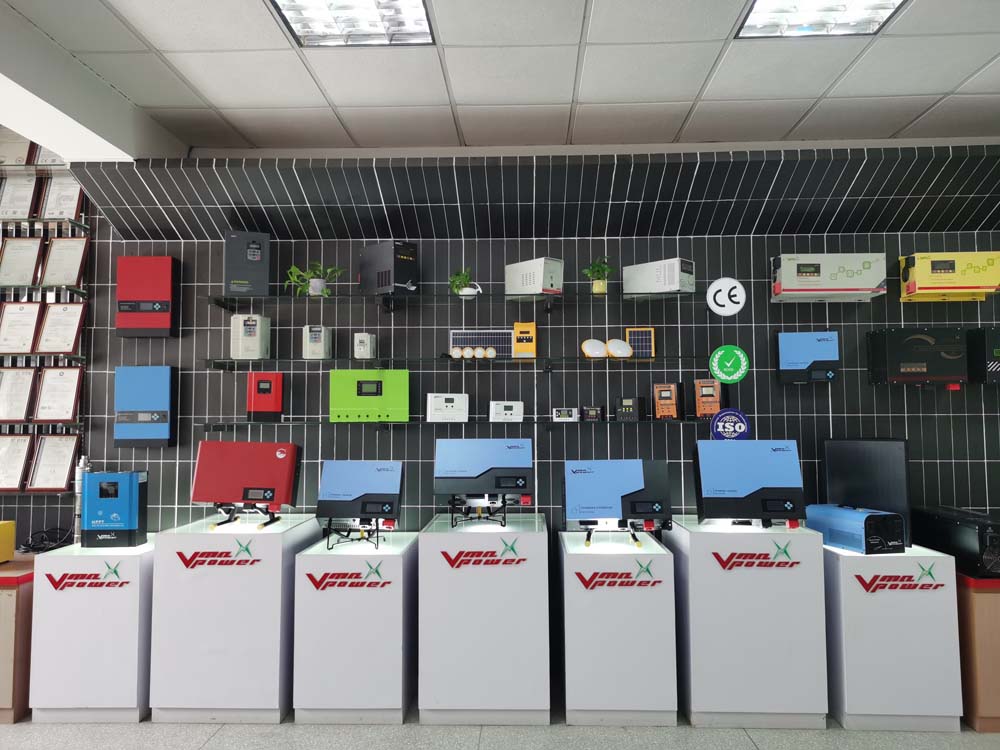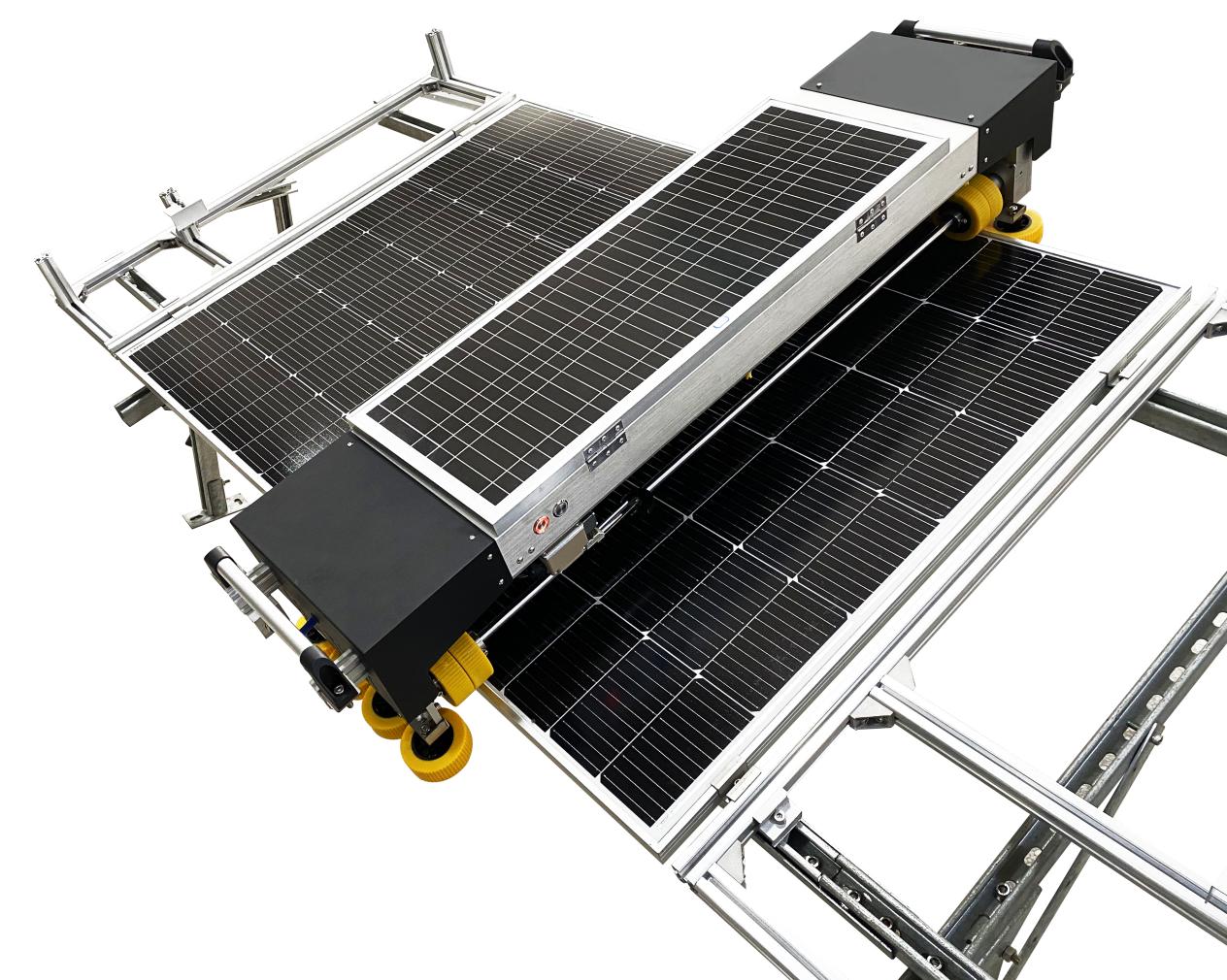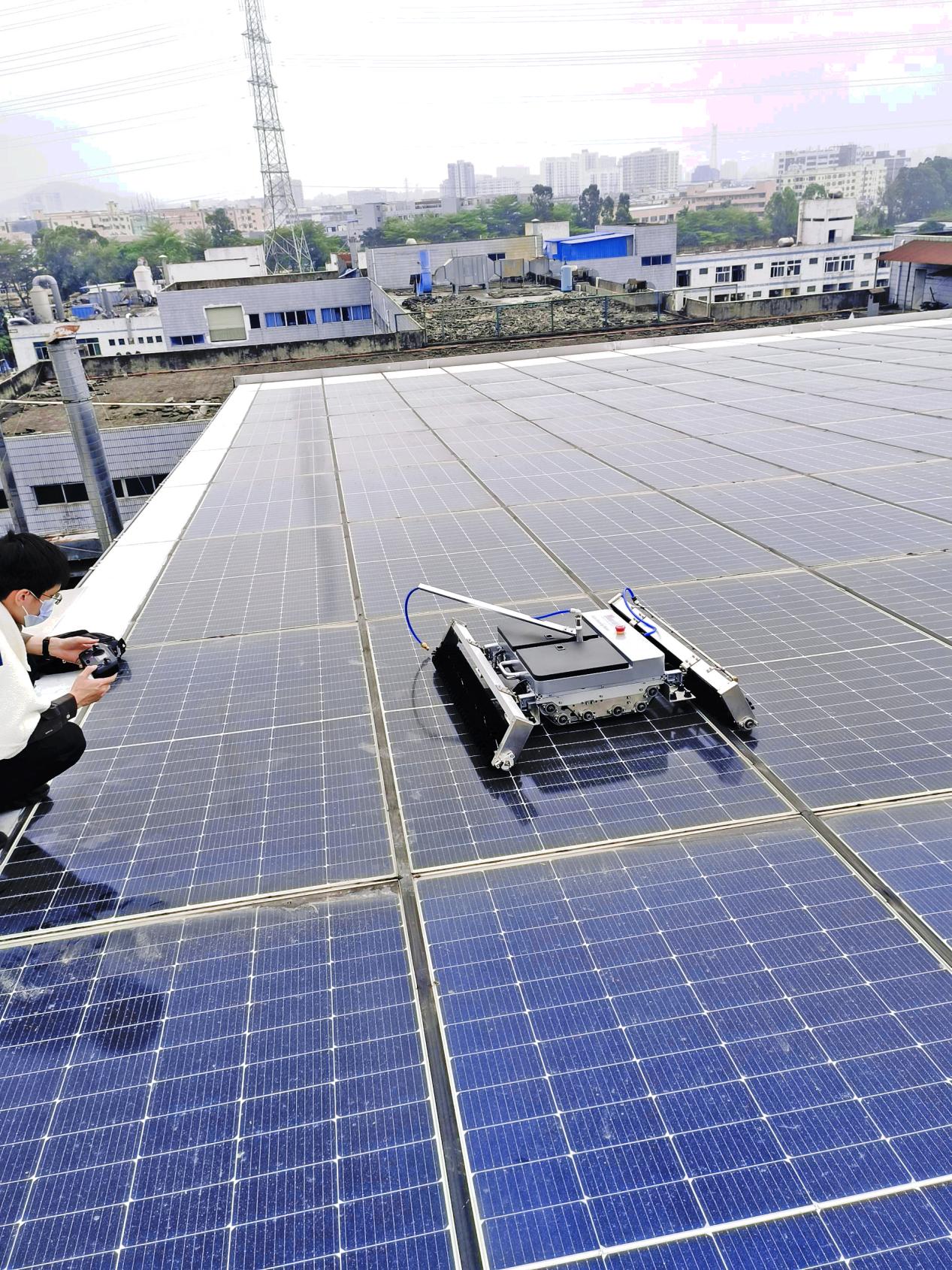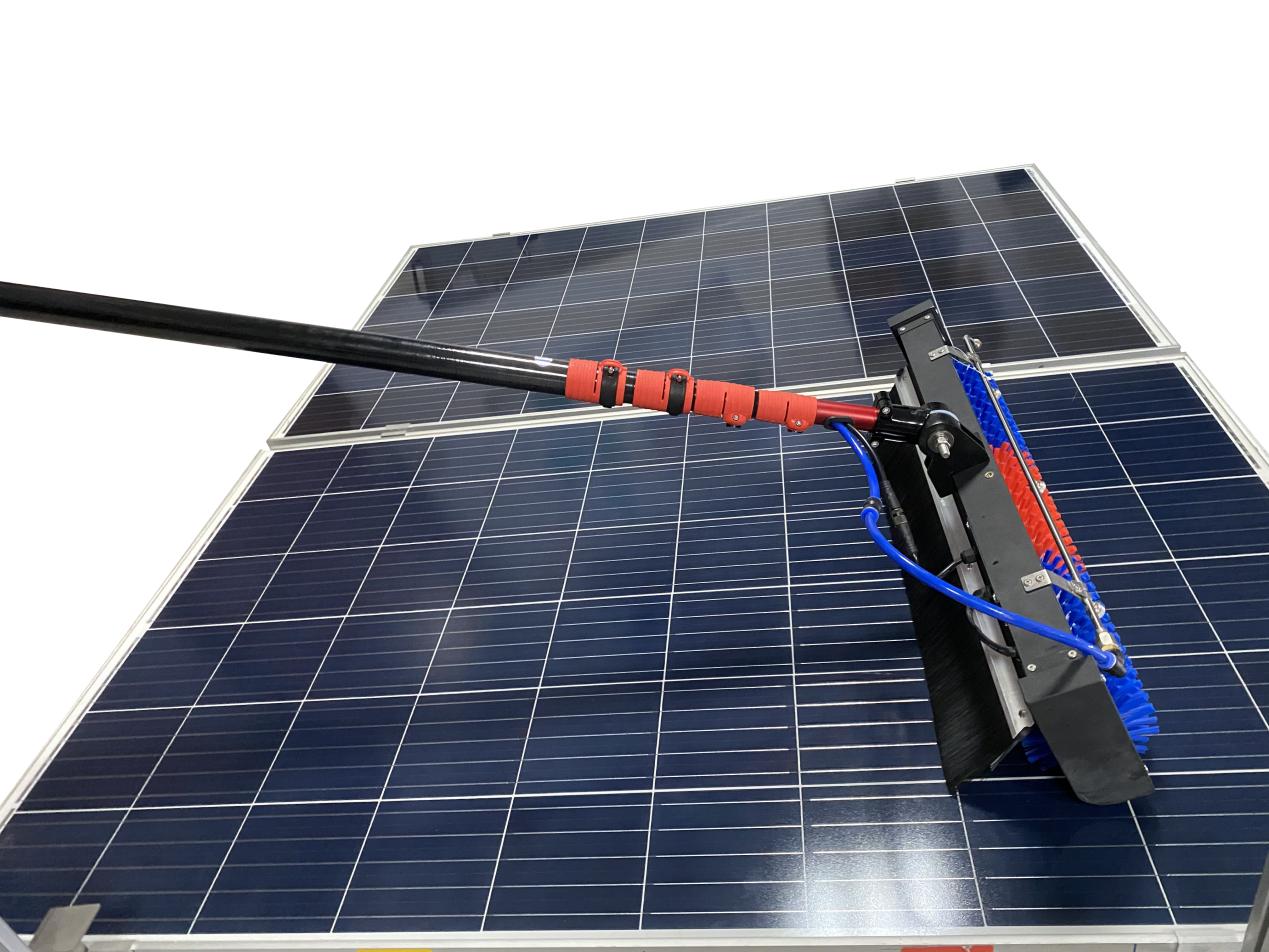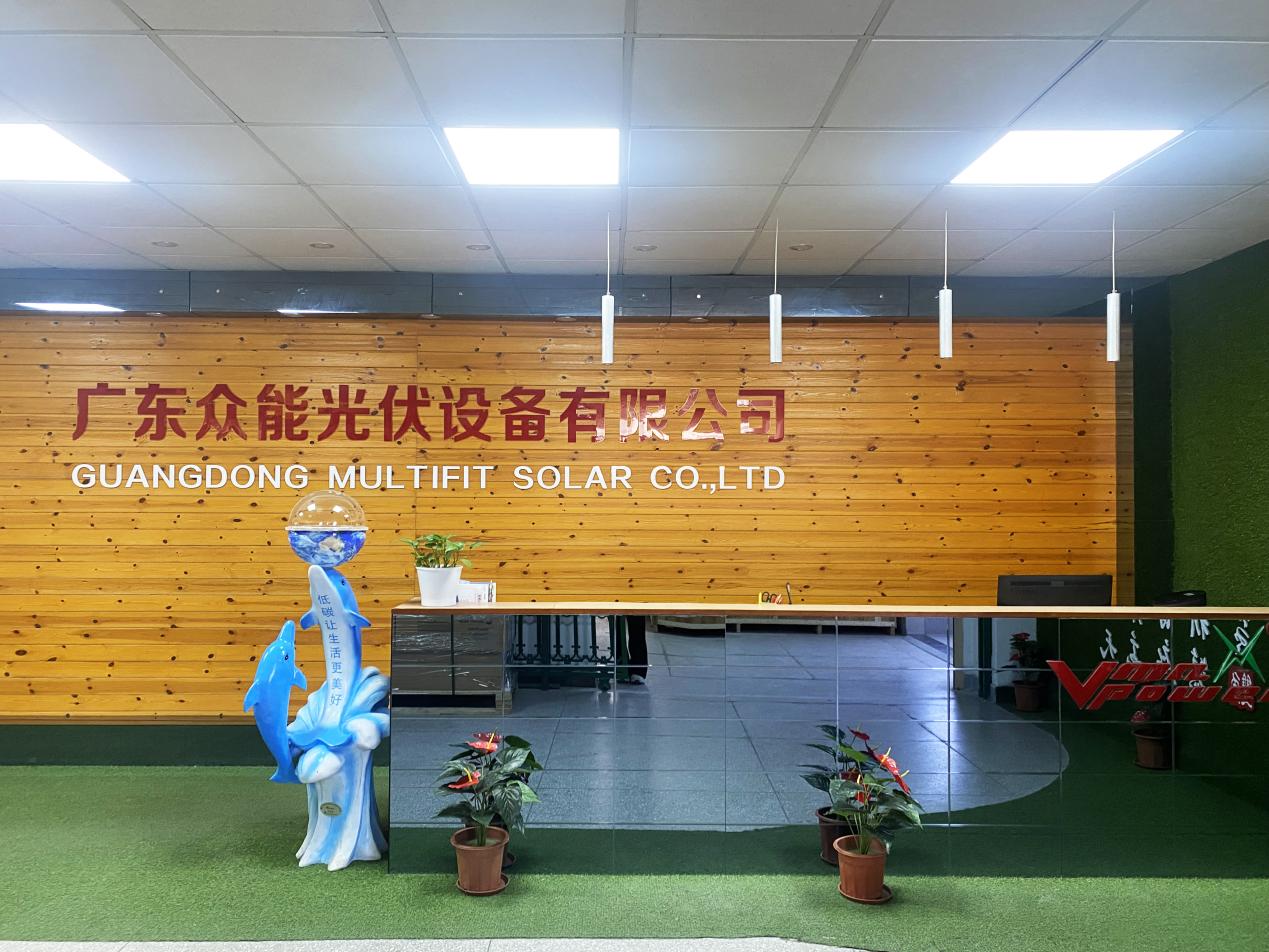In recent years, the global energy structure has been rapidly transitioning, with solar and wind power emerging as the core of future power systems due to their rapidly declining costs. According to the latest industry analysis, by 2040, renewable energy will dominate the global power generation sector, while traditional coal power will gradually phase out.
Global Power Carbon Emissions to Peak, Coal Power in Accelerated Decline
Research indicates that carbon dioxide emissions from the global power sector are expected to peak in 2026 before beginning to decline. The coal power industry in Europe and the U.S. is declining significantly, with Europe’s coal usage for power generation projected to drop by 87% by 2040, and the U.S. by 45%. In contrast, the Asia-Pacific region, driven by surging electricity demand, will continue to see growth in coal power investments, but the share of renewable energy will rise substantially. China and India will be the main drivers of global energy investments, with cumulative investments in power generation expected to account for 28% and 11% of the global total by 2040, respectively, representing a market size of up to $4 trillion.
Solar Costs Continue to Fall, Distributed Energy Experiences Explosive Growth
The rapid advancement of solar technology has made it one of the most competitive energy sources. By 2040, rooftop solar is expected to play a significant role in the power structures of countries such as Australia, Brazil, Germany, Japan, the U.S., and India, accounting for 24%, 20%, 15%, 12%, 5%, and 5% of their respective power generation. The widespread adoption of residential and commercial solar systems will further drive the global energy structure toward low-carbon development.
Wind Power and Energy Storage Synergize to Enhance Grid Flexibility
The costs of onshore and offshore wind power are also continuing to decline, and wind power will join solar as a mainstay of renewable energy. Additionally, the rapid development of energy storage technologies, particularly lithium-ion batteries, will effectively address the intermittency issues of renewable energy. By 2030, battery costs are expected to drop by 73%, driving large-scale adoption of electric vehicles and energy storage systems.
China’s Solar Installations Hit New Highs
In the first half of 2023, China added over 100GW of new solar capacity, with the annual total expected to exceed 200GW, maintaining its lead in the global market.
Breakthrough in Perovskite Solar Technology
Laboratory efficiency has surpassed 33%, and commercialization is accelerating, promising further reductions in solar power generation costs.
Future Outlook
During this critical period of global energy transformation, as the costs of solar and wind power continue to decline, Beijing Multifit Electrical Technology Co., Ltd. is driving the large-scale application of solar and energy storage with innovation as its engine and market demand as its guide. The company has also established itself as a leader in the field of solar panel cleaning and maintenance, setting industry standards. Moving forward, Multifit will continue to expand its global presence, collaborating with partners to build a green energy ecosystem and provide robust momentum for sustainable human development. Multifit‘s goal is not only to deliver products but also to contribute to a global zero-carbon future through sustainable energy solutions.
Post time: Jun-17-2025


